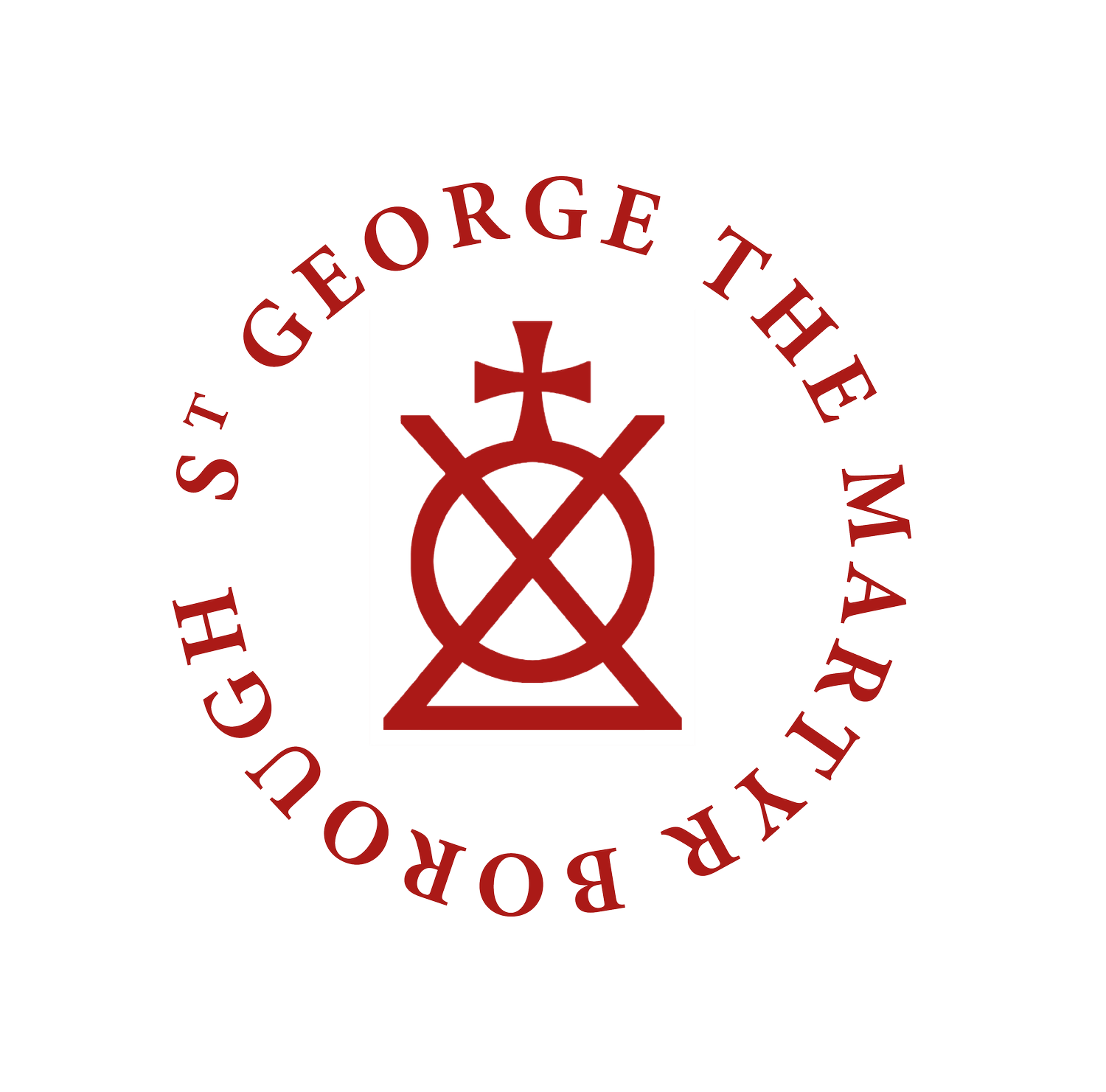The Organ
at St. George-the-Martyr, Borough
A Brief History
Abraham Jordan’s Trade Card
‘Abraham Jordan Organ Maker in the Burrough near S George’s Church Southwark’
The first reference to an organ at St. George’s church is in 1682 and in 1690 a Mr. Smith was paid £5 to make two stops. This was Bernard ‘Father’ Smith who had moved to London from Halle around 1667 and enjoyed a very successful career building organs for many cathedrals and churches, such as St. Pauls Cathedral, the case of which still exists and a few stops.
Some of the pipework at St. George’s, being about 330 years old and still in use today, is considered to be some of Smith’s earliest work in London and these pipes are of considerable archaeological interest to organ-builders and musicologists.
In 1702 Abraham Jordan senior, a parishioner, was paid £600 for providing a ‘replacement’ organ in the gallery which met the approval of Dr. John Blow and Jeremiah Clarke. Originally a distiller, it is at St. George’s that Jordan's connection with organ building was first made and he set up business building organs in the parish, owning premises and workshops immediately opposite the church and much other property in the adjoining streets. The original 1702 contract survives in the Local Studies Library next to the church.
He succeeded ‘beyond expectation’ according to Hawkins, his instruments were beloved by Handel and he exported several instruments to as far away as Barbados. He possessed an inventive streak and invented the first ‘swell’, the ability to increase and decrease the volume of pipes by enclosing them in a box installed with a shutter mechanism to control the volume of the sound escaping. Although not installed at St. George’s, this device was installed close by on the 4 manual organ he built for St. Magnus-the-Martyr at the north end of the old London Bridge. This was substantial four-manual instrument, sadly lost to fire and no stop list survives.
Another less documented invention was a layout for allowing the player to face the congregation on a demonstration instrument which he set up in the parish workhouse in Mint Street, plus a mechanical version of what we know as 'combination' pedal.
The instrument at St. George’s was removed in 1733 and later reinstalled in the new John Price church by Abraham Jordan junior, his son, who was also the parish organist. There were later rebuilds by Fruin in 1807, Kirkland in 1906 and Hill, Norman & Beard in 1939 and 1967. Until 1729, most travellers to London arriving by land from the south and crossing the Thames at London Bridge would have heard the sound of a Jordan organ as they entered the city, either at St. George’s, St. Saviour’s (Southwark Cathedral) or at St. Magnus-the-Martyr. The present organ consists of 26 stops distributed over two keyboards and a pedalboard.
The organ was last fully restored in 1967 Hill, Norman & Beard and is now in a very unreliable condition, with several stops not working at all. For example there is no fundamental tone, known as the 'Great chorus' - both the Open Diapason 8' and 2' Principal failed 3 years ago. The organ requires complete restoration with intermediate restoration being an ineficient use of scarce funds. We have the unique opportunity to return the instrument to mechanical action, sympathetically reusing the existing historic pipework, this would create a fine, versatile and reliable instrument that supports our liturgy and musical programming for the next 50 years.


